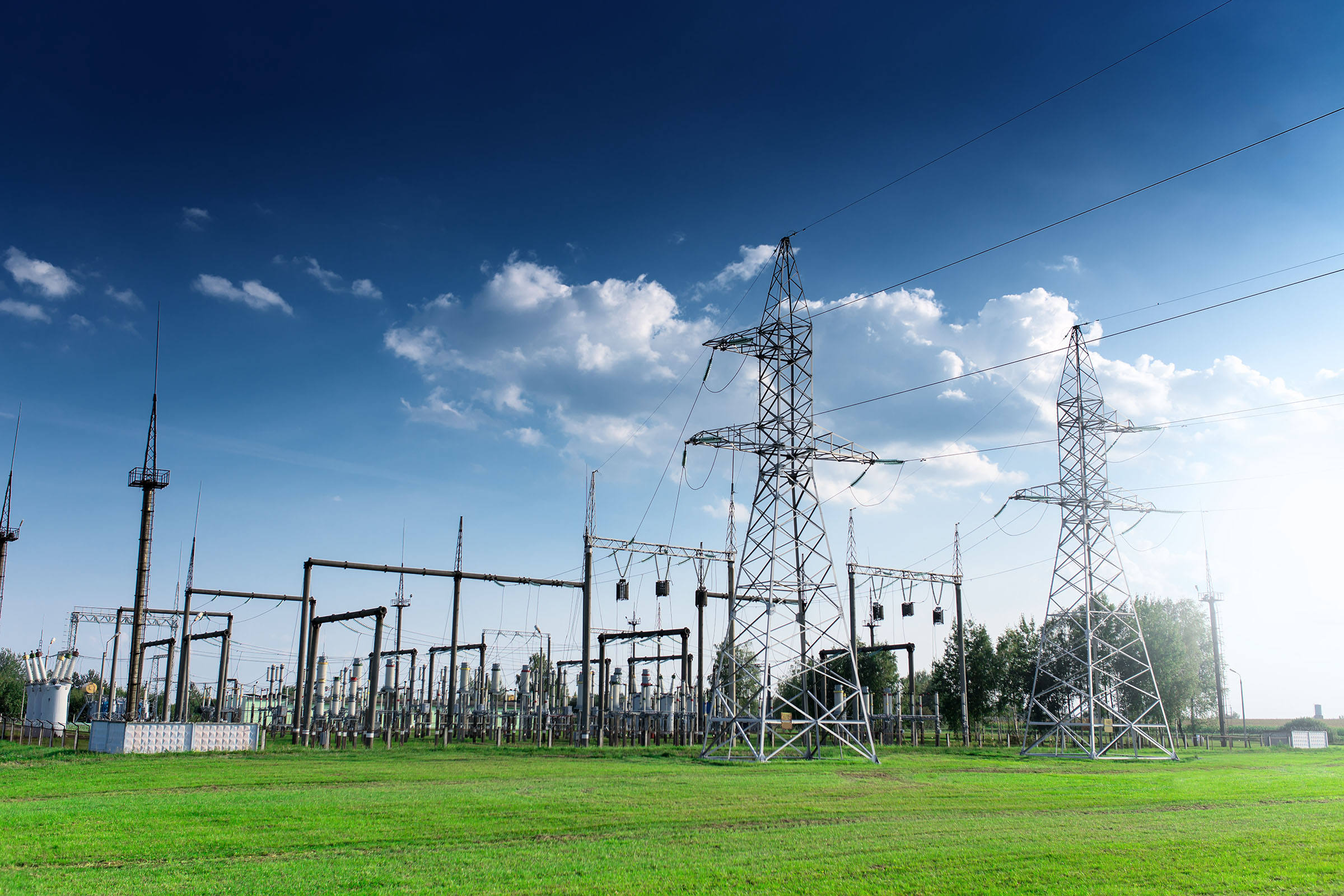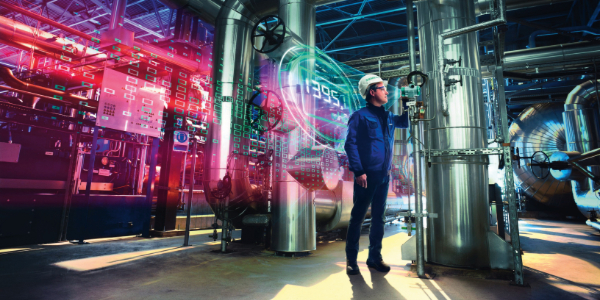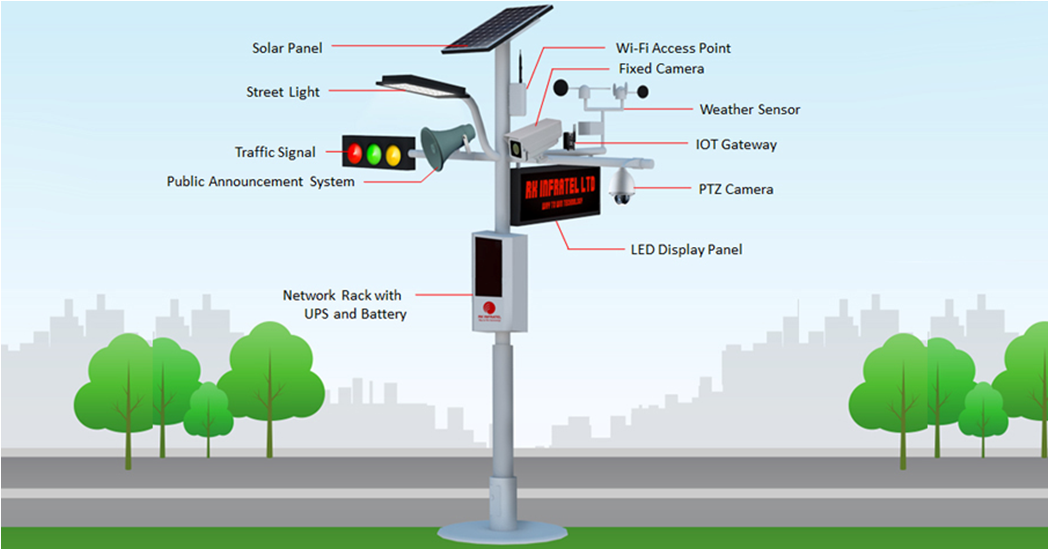Virtualization in Digital Substations

“One of the most efficient ways utilities can stay afloat in the fast-changing utility industry is through virtualization. Simply put, companies can shift their resources to where they are needed most while not being constrained by physical limitations.
Virtualization may sound like a fairy tale at this point, but it's actually more practical than you might think. Virtualization is taking hold across many industries, and for utility companies, it's one way to get ahead of the curve. With this shift in focus, utilities are able to provide more support for renewable energy initiatives while still keeping costs low for their customers.
Let's say your utility company owns a lot of land that has traditionally been used for coal mines or oil drilling. You might be wondering how you can make use of that space without disrupting the natural resources on which you depend. One solution is to create a data center out of your unused property! This would allow you to take full advantage of existing facilities while also expanding your power grid capacity at no additional cost.”
Utilities need technologies that allow them to respond quickly and easily to these challenges, and virtualization is one of those technologies. We'll go over the key characteristics of a virtualized environment, as well as some best-practice strategies for minimising pain points while virtualizing a system.
Why is Virtualization important?
Virtualization has been a growing trend in the modern grid. Remote access and asset "fleet" management are just a couple of the many proven use cases. With virtualization fully implemented, you're able to create a digital twin of your physical system. This digital twin can help you test various scenarios without affecting real-time operations such as what happens when 15 residential solar arrays are added to a single feeder or how territorial demand fluctuates between sunny and cloudy days. This added benefit can assist companies in not only answering these types of queries confidently, but also developing contingency plans.
What’s required for virtualization?
Virtualization involves networking the system, from the sensors to the actual assets. Data is fed through decentralized edge servers to support a range of use cases, including predictive maintenance, business intelligence, and visualization.
Most, if not all, assets in a virtualized grid would be controlled by specialised lightweight software functions contained within a software unit known as a container. These assets transmit data upstream to a node computing platform, which runs a larger number of containers and then feeds data upstream to the decentralised edge-servers, which use shared storage technologies to offer grid control. The data can then be interfaced using corporate interfaces.
Benefits of using virtualized computing power in Digital Substations
This simpler and more reliable hardware architecture with virtualized application level adds a lot of value to planning, operating, and adapting to new conditions:
- Investing costs are reduced by purchasing equivalent hardware.
- Costs of maintenance and repair are reduced.
- Ensure the substation's individual components are redundant and reliable.
- Infrastructure integration of IT and OT
- Obtaining a security level that takes into account all compliance processes
Virtualization - A cost driver?
Because a significant number of computers must be acquired and run in current systems, the investment and operating expenses of redundant applications frequently appear to be expensive. However, with high-performance hardware, many apps can operate on the same hardware platform. Standardization of hardware, IT, and OT technologies leads to economies of scale, making virtualization a particularly appealing option.
Investment protection in Digital Substations through virtual machines
Specialized software is commonly used in transformer substations, and it accounts for a large amount of the entire cost of the IT infrastructure. The original manufacturer may have vanished from the market and is no longer producing new versions, or the existing licence may not cover future versions and is only compatible with older operating systems such as Windows NT, 98, or XP, which no longer have current hardware. This outdated hardware can be rendered virtual, allowing the use of existing applications to continue.
Storage and resource management
It's important to figure out which programmes use specific amounts of memory and resources. It must also be determined whether the hypervisor and hardware drivers are supported by the hardware. Support for numerous VLANs and virtual switches, as well as redundancy solutions like HSR/PRP, should be native to the device. Furthermore, the hardware should meet the IEC 61850-3 specifications.
Redundancy architecture for the next generation Digital Substation
It is customary to utilise a high-availability redundancy architecture in important transmission and distribution networks. This involves the design of intelligent electronic devices (IEDs), gateways, SCADA, systems, network technologies, and cabling, among other things. This concept is made possible by virtualization, which allows for the use of central, redundant systems for multiple applications in a simple and cost-effective manner. However, substantial planning should be done before deployment to ensure the best possible results as well as a safe and cost-effective operation. Network operators can defend themselves against unanticipated hardware failures and decrease single points of failure with a solid redundancy architecture.
VLAN architecture and cost reduction through virtual Switches
Substation network systems can become extremely complicated. Some applications within such network stations are time-critical, while others require a lot of bandwidth. Data traffic can be prioritised and network performance can be improved by employing VLANS. The virtual computers are connected to a physical Ethernet interface via an internal private virtual switch rather than a physical Ethernet interface (vSwitch). The different applications are then connected to the physical Ethernet port, which acts as a bridge between the VM's logical Ethernet ports and the physical interfaces. Multiple VLANs can be configured on a vSwitch, and GOOSE traffic with QoS requests can be sent over them.
Virtual switches save money on hardware because they don't need as many physical Ethernet interfaces. Many cost-intensive HSR/PRP ports are deleted, especially in HSR/PRP networks that are created redundantly.
IT/OT Convergence
Many network operators' IT departments are in charge of hardware and software selection, patch management, and communication network operation. Virtualization is bringing IT and OT technologies closer together, resulting in synergistic effects. Despite the fact that IT and OT systems have different requirements, there are a number of shared elements:
- Common standards and criteria are being developed.
- Maintenance and servicing can be done on the same infrastructure.
- Use of technological platforms that are comparable or similar
- Software licence agreements are being standardised.
- Common governance is being developed.
- For WAN integration, managing IP address management is essential.
Conclusion: Virtualization in digital substations
In many substations, these apps are run on individual computers. This, however, comes at a considerable expense in terms of maintenance and is not advised for reasons of system redundancy. Each application employs hardware that is suited to its requirements, yet this creates a single point of failure. To redundantly extend each application, a large number of little computers must be deployed, all of which must be kept in stock and maintained in case they need to be replaced.
Virtualization is a powerful technology that can help a utility survive and prosper in this ever-changing industry. It may be an emergent technology that gives you a competitive advantage today. It will be a requirement for doing business tomorrow. Forward-thinking companies have already begun their path. Virtualization, like many other disruptive digital innovations, necessitates an initial investment and effort.










